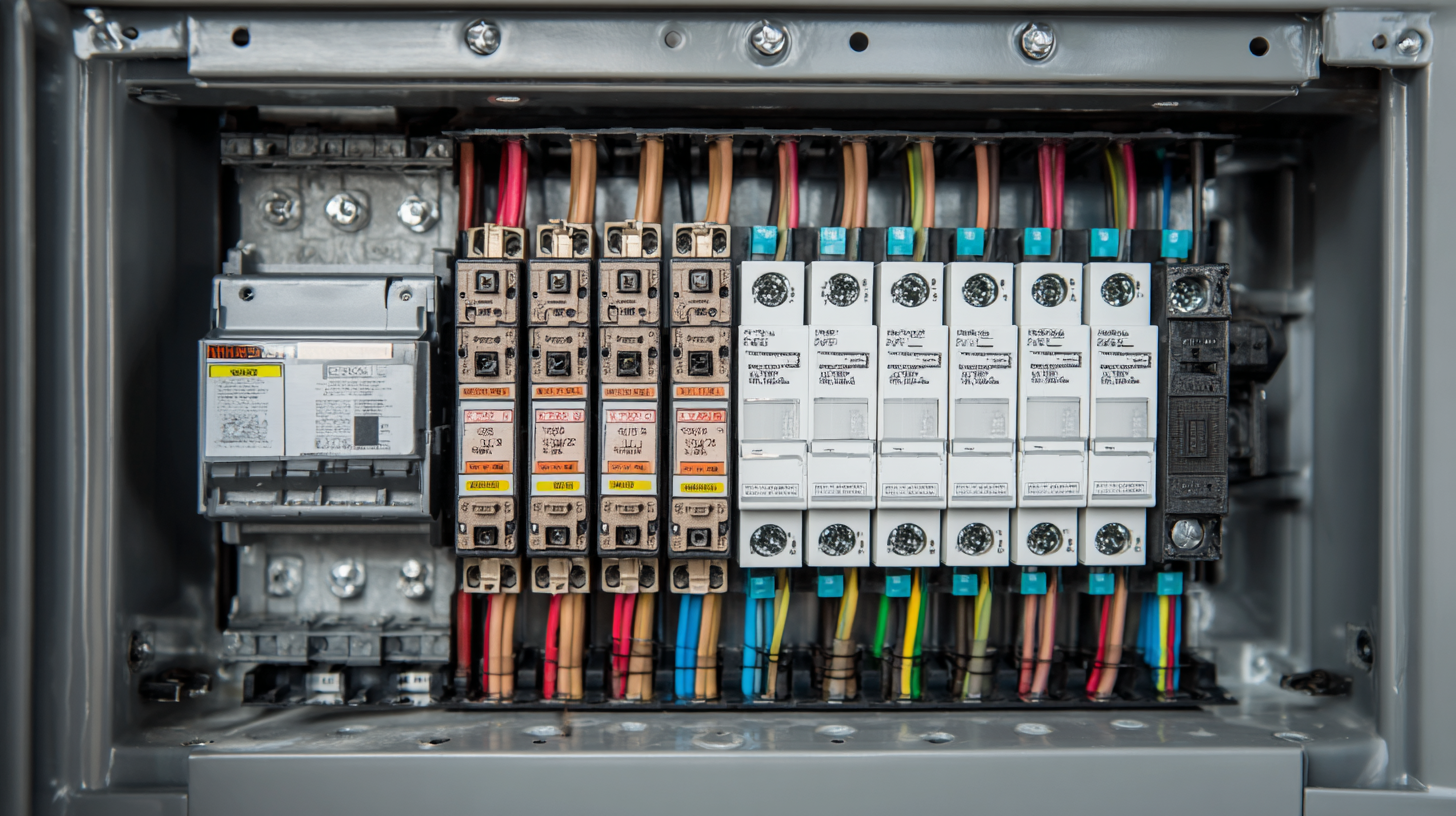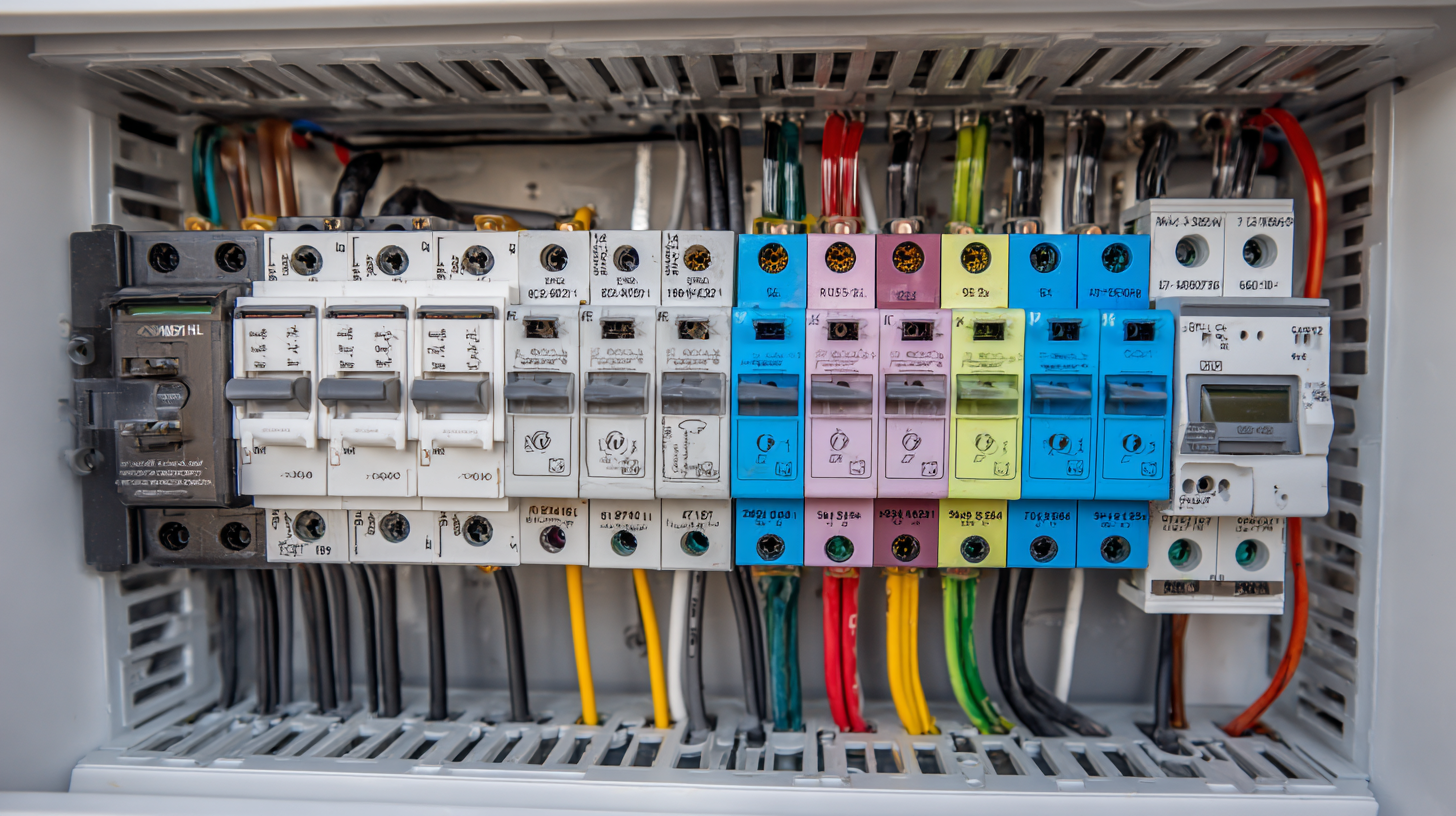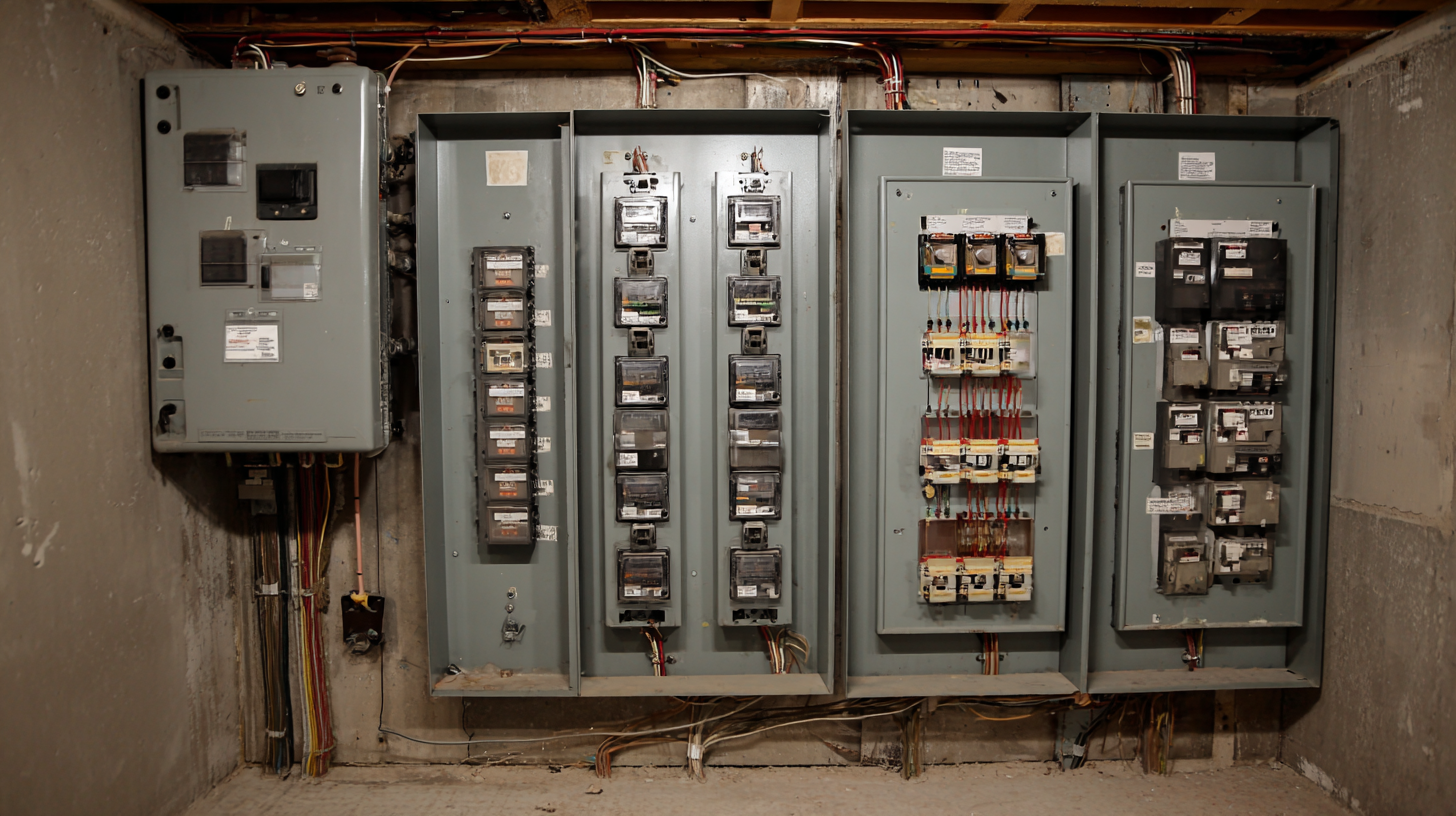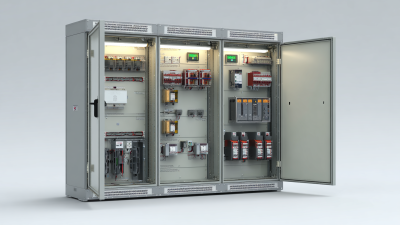When it comes to selecting a breaker box for your home, it's crucial to understand its significance in your electrical system. According to the National Fire Protection Association, over 50% of residential electrical fires are linked to faulty electrical systems, highlighting the importance of a reliable breaker box. As homes continue to incorporate more electronic devices and energy-efficient appliances, the demand for breaker boxes designed to handle increased load capacity is growing. Data from the U.S. Department of Energy indicates that modern homes require breaker boxes that can accommodate anywhere from 100 to 400 amp service, depending on the size and energy needs of the household. Therefore, making an informed choice about your breaker box is essential not only for safety but also for ensuring that your home meets current energy demands.

A breaker box, also known as a distribution board, is a crucial element in home electrical systems. Its primary function is to distribute electrical power to various circuits while ensuring safety by interrupting the flow of electricity in case of faults. According to the National Fire Protection Association (NFPA), electrical failures are a leading cause of home fires, accounting for nearly 51,000 incidents annually. This underscores the importance of having a well-functioning breaker box that not only protects your home but also provides a safe and efficient distribution of electricity.
When choosing the right breaker box, it is essential to consider capacity and compatibility with your home’s electrical system. Most homes require a breaker panel with a capacity of either 100, 150, or 200 amps, depending on the size of the home and the number of electrical appliances used. The U.S. Energy Information Administration (EIA) reports that the average residential electricity consumption in the U.S. was about 877 kWh per month in 2020. This consumption level necessitates a compatible breaker box that can handle specific loads without overloading, thereby preventing circuit failures and potential hazards.
This chart provides a visual comparison of the ampacity ratings of common breaker box sizes used in residential electrical systems. Selecting the appropriate breaker box size is crucial for ensuring the safe and efficient operation of your home's electrical system, taking into consideration the total load requirement of your household.
When selecting a breaker box, several key factors must be meticulously considered to ensure it meets your home’s electrical demands. One of the primary considerations is the size of your home and the number of electrical appliances you plan to use. According to the National Electrical Manufacturers Association (NEMA), the average American home has around 30 circuits, supporting various appliances ranging from HVAC systems to modern smart devices. This suggests that for most homes, a minimum capacity of 100 amps is advisable, especially if you frequently use high-demand appliances.
Additionally, understanding the future potential of your electrical usage is crucial. With increasing trends in smart home technologies and electric vehicles, anticipating an upgrade is wise. The U.S. Department of Energy states that homes equipped to handle 200 amps are more adaptable to increased energy needs, providing room for expansion as new appliances are added. Therefore, while a 100-amp panel might suffice for smaller homes, opting for a 200-amp service can be a sound investment, allowing your electrical system to support a growing number of devices efficiently.
 When selecting the right breaker box for your home, understanding the differences between main breakers and subpanels is crucial. Main breaker panels serve as the primary hub, distributing power throughout your home, and they come in various sizes, typically ranging from 100 to 200 amps. For homes with more substantial electrical demands—especially those incorporating electric vehicles or high-capacity appliances—a larger capacity panel may be necessary. Reports indicate that homes transitioning to all-electric systems often require upgrades to their main breaker panels to handle increased loads, making it essential to assess your current capacity before installation.
When selecting the right breaker box for your home, understanding the differences between main breakers and subpanels is crucial. Main breaker panels serve as the primary hub, distributing power throughout your home, and they come in various sizes, typically ranging from 100 to 200 amps. For homes with more substantial electrical demands—especially those incorporating electric vehicles or high-capacity appliances—a larger capacity panel may be necessary. Reports indicate that homes transitioning to all-electric systems often require upgrades to their main breaker panels to handle increased loads, making it essential to assess your current capacity before installation.
Subpanels, on the other hand, are useful for homes that need to extend their electrical service to specific areas, like a detached garage or new addition. They help manage electrical loads in localized regions without overloading the main panel. According to industry data, it is becoming increasingly common for homes with solar installations to utilize subpanels to effectively manage the additional circuits associated with renewable energy systems, indicating a potential need for an additional gateway to monitor both the main and subpanels efficiently. This consideration of layout and functionality within your electrical system is key in optimizing performance and safety in your home’s electrical infrastructure.
When selecting a breaker box for your home, prioritizing essential features can significantly enhance both safety and efficiency. Modern breaker boxes should incorporate a variety of safety mechanisms, such as Ground Fault Circuit Interrupters (GFCIs) and Arc Fault Circuit Interrupters (AFCIs). According to the National Fire Protection Association, AFCIs have been shown to reduce the risk of electrical fires by up to 80%. This statistic underscores the importance of investing in a breaker box equipped with these advanced safety features to protect your home and family.
Moreover, the efficiency of a breaker box is measured by its ability to distribute and manage electricity effectively. Features like smart technology integration can enhance this aspect. The 2022 Smart Home Energy Management Report indicates that homes equipped with smart breaker boxes can reduce energy consumption by approximately 15-20% by optimizing electricity use during peak hours. These systems can provide valuable insights into power usage, enabling homeowners to make informed decisions about their energy consumption and further drive efficiency. Choosing a breaker box with these essential capabilities can significantly contribute to a safer, more energy-efficient home.
| Feature | Description | Importance |
|---|---|---|
| Amperage Rating | Ensures the breaker box can handle the electrical load of the home. | Critical |
| Number of Circuits | Allows for future expansion and addition of electrical devices. | High |
| Surge Protection | Protects home devices from voltage spikes and surges. | Very High |
| Subpanel Distribution | Distributes power efficiently to different areas of the home. | Medium |
| Safety Features | Includes GFCI and AFCI protection to prevent electrical hazards. | Critical |
| Material Quality | Ensures durability and longevity of the breaker box. | High |
| Accessibility | Placement should allow easy access for maintenance and troubleshooting. | Medium |
When it comes to selecting the right breaker box for your home, homeowners in 2023 have a wealth of options from reputable brands that cater to various electrical needs. According to recent market analysis by Research and Markets, the breaker box industry is projected to grow at a CAGR of 4.6% from 2023 to 2030, driven by increasing home renovation activities and advancements in smart home technologies. Doing thorough research on brand reliability and product features can significantly affect the longevity and safety of your home’s electrical system.

Top brands to consider this year include Square D, Siemens, and Eaton. Square D's QO series is particularly notable, praised for its intuitive design and circuit breaker options that allow for easy upgrades. Meanwhile, Siemens offers the EQ series, featuring a built-in surge protection system and flexible panel configurations. A study by Statista indicates that homeowners prefer these brands due to their durability and efficiency ratings, which are critical in preventing electrical failures. Additionally, the National Electrical Manufacturers Association (NEMA) emphasizes the importance of choosing a breaker box that meets the specific load requirements of your home, ensuring both safety and functionality.






